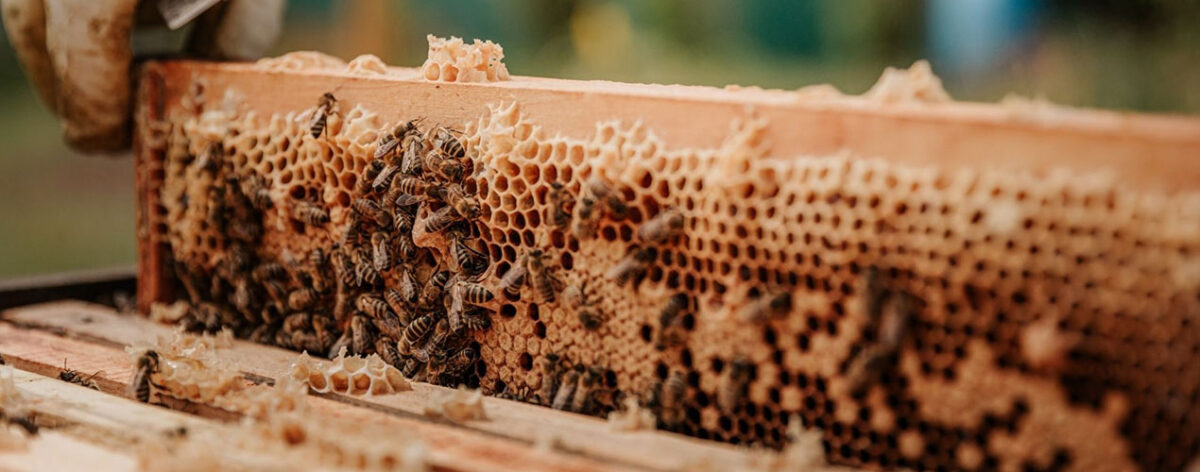The Creature that Eats Plastic

Waxworms, the larval stage of wax moths, are typically known to beekeepers as pests because they feed on the wax in honeycombs. However, in 2017, molecular biologist Federica Bertocchini made a surprising discovery about these seemingly unremarkable creatures.
Bertocchini, an amateur beekeeper and a researcher at the Spanish National Research Council, threw some waxworms in a plastic bag after cleaning her bee hive. She soon noticed that the worms had chewed holes through the plastic, but noticed that the worms weren’t just damaging the plastic; they were actually breaking it down and digesting it.
“It was a real eureka moment – it was brilliant,” Bertocchini recalls about her initial observation, which sparked a significant research project.
These waxworms demonstrated a unique ability to break down plastic, a task that has proved difficult for humans. Further investigation revealed that the liquid excreted by the worms contained two enzymes which effectively oxidized the polyethylene in the plastic, breaking it down on contact.
While releasing these worms into plastic-polluted environments could pose risks to ecosystems, Bertocchini sees potential in harnessing these enzymes to address global plastic pollution. Now serving as the chief technology officer at Plasticentropy France, she is exploring ways to scale up these enzymes for broader application in plastic degradation.
“The big-picture goal is to be able to apply these enzymes to the plastic waste,” Bertocchini states, aiming to develop this discovery into a global solution.
The potential mass production of such enzymes could revolutionize how the world handles plastic waste, possibly even integrating the creatures that inspired this innovation.
Check out this fascinating video about the worms.